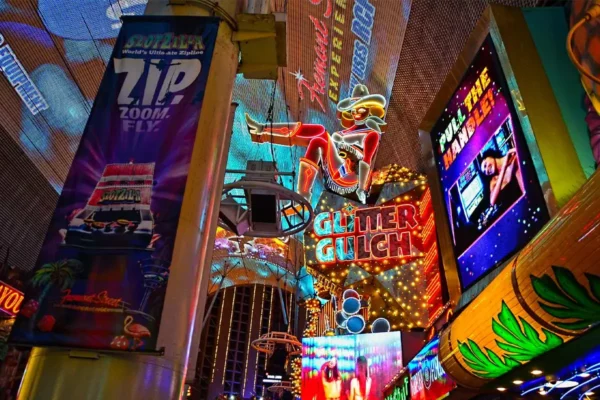On the last page of our standard proposal document is a page called “Terms and Conditions.”
This is the page that is written in about 2-point type that the vast majority of our clients have probably never read. It is that page that only a few of our prospects have turned over to their in-house legal teams to pick apart and re-write for us, even though we’ve had our own legal guys draft it.
I’m sure we’re no different than any other business – whether in the tradeshow industry or not – when it comes to the legal aspects of a contract to provide a product or service. Just check out the terms and conditions document the next time you buy a home or a car. Or sign up for a credit card. These pages are a great antidote for insomnia. And for the most part, I suspect, are totally ignored and unread by the masses. Until something happens.
Recently, we had a shipment return from a client’s show, and through the inbounding process we discovered two graphic panels that were damaged. As is our process, we documented the damage and reported it to our client, asking them if they wished to replace the graphics now or wait until their next show. We included the cost of replacement.
This is a relatively new client with a new person responsible for their tradeshow program. They only do a couple shows per year. Their response was a bit of a surprise. Basically, we were told that since we were their tradeshow company and we handled their tradeshow program, we were responsible for the damage and we would need to replace the graphics at our cost.
The account executive on this account came to me wanting some advice on how to handle this one. There were all kinds of directions this could have gone.
From a legal perspective, our terms and conditions state that we are not responsible for client property once it leaves our dock. In fact, our storage agreement states that we do not insure client property, and we recommend our clients add their exhibit properties to their company’s insurance policy that covers their other capital assets. We built it, we manage it, we store it, but we do not own it or insure it.
Of course, taking a hard legal line in a situation like this may not be the best move for the client relationship. Replacement of these two graphic panels would not be a big financial burden – for either party. However, offering to pay for their replacement sets a dangerous precedent; the next time (heaven forbid) there is damage, what if it’s the $5,000 counter or $15,000 kiosk?
In this case, there was no external damage to the crate where the graphics were packed, thus no reason to file a claim with the carrier at the time we received the shipment. We contacted our I&D company – guys we have used many times without issue. The dismantle team had actually taken pictures as they had packed the exhibit showing everything in its proper place.
So what happened? Maybe the dismantle team did drop the panels and damage them before putting them in the crate. Maybe the crate was handled roughly by the show contractor when loading the truck. Maybe the trailer took some serious jostling in transit and pieces shifted inside the crate.
The bottom line is this: Damage happens on the tradeshow circuit. It’s part of the package. This is not an exact science. We all do our best to care for our clients’ properties, but sometimes things happen. I typically tell clients to budget 10 percent of their investment in property for repair and refurbishment. Of course, the more shows you do in a year, the more opportunity for damage.
We will do everything we can to help our clients when filing claims for damage, from contacting and working with I&D companies, show contractors and carriers to estimating repairs and replacements to providing discounted rental properties for use in the interim. But we certainly can’t pay for replacement properties for every client every time there is damage. Perhaps we need to spend a little more time early on with clients explaining what’s on that last page with all the small print…
See you on the show floor.
Jim Obermeyer has been in the tradeshow industry 30 years, both as a corporate tradeshow manager and exhibit house executive. He is a partner in the tradeshow and event marketing firm Reveal. He can be reached at jobermeyer@revealexhibits.com.





























